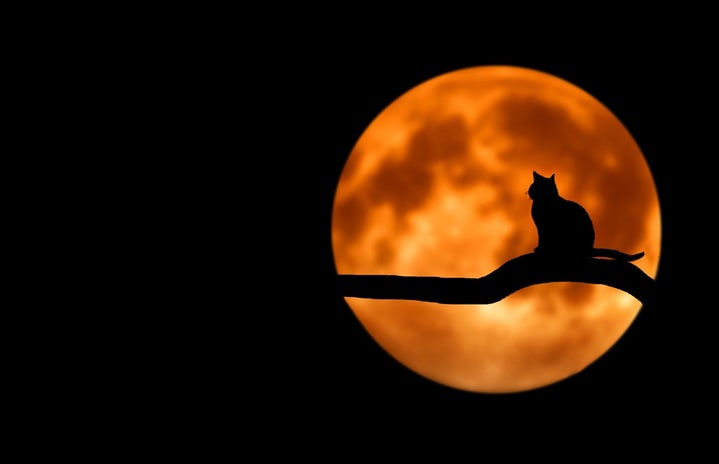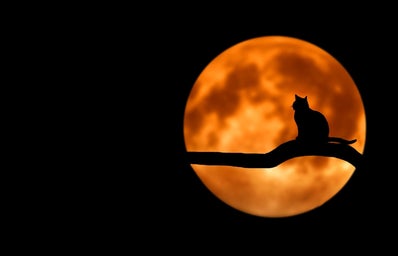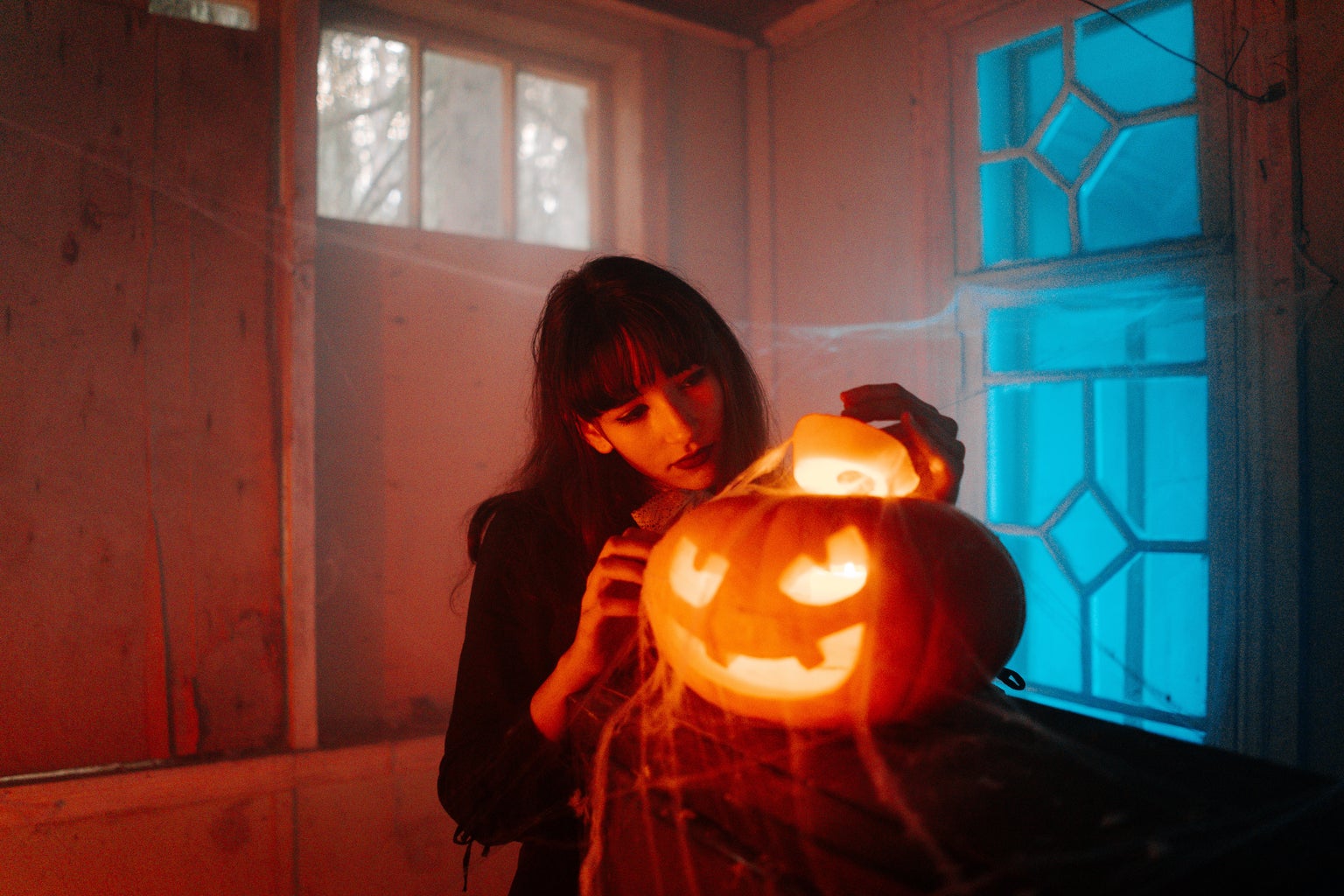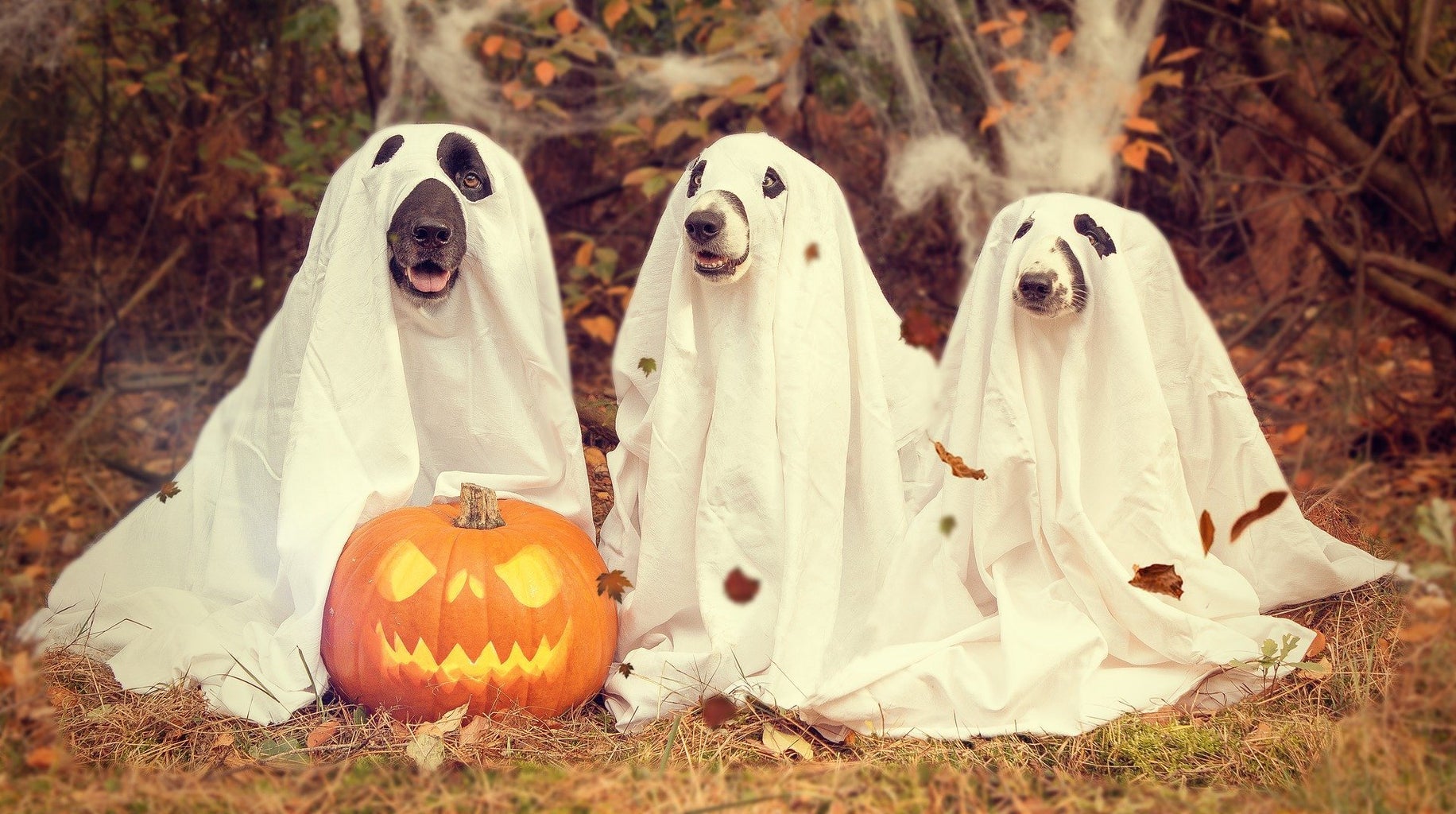Halloween is full of fun traditions. Whether you are trick or treating, carving pumpkins, or dressing up; there are plenty of ways to get festive and celebrate. But why do we associate the things we do with Halloween? Here are some Halloween symbols and their origins.
Jack-o’-lanterns
Who doesn’t love carving pumpkins? Throwing down some newspaper and (in my case) risking the safety of myself and others by using a large knife. Besides the fact that you always get pumpkin guts everywhere and if you aren’t lucky enough to have it smashed by teenagers you end up having to clean up its rotting corpse in November, it’s a lovely tradition. But where did it all start? With some guy named Jack, of course! The Irish myth of “Stingy Jack” claimed that a man named Jack had tricked the devil in life and when he died he was denied access to both heaven and hell. Jack was cursed to wander the world. Bummer for Jack but also a scary concept for the living as they feared interacting with him. The idea was that by carving scary faces into turnips (that’s right!) and leaving them outside the home, Jack would be too frightened to visit. Personally if I am an undead soul who once had a personal relationship with the devil, I wouldn’t be scared off by a root vegetable. When Irish immigrants came to America, it became a pumpkin.
Black Cats
European culture has long associated black cats with bad luck. In 1484, Pope Innocent VIII condemned black cats saying that they were “the devil’s favorite animal and an idol of all witches”. This was taken so seriously that women suspected of witchcraft were burned with their furry counterparts. (This backfired when the plague went down because cats were extremely helpful controlling rat population; take that one third of Europe.) Once we get to America, you already know those pilgrims were all about those witch hunts. According to Hartz, “The Puritan Pilgrims distrusted anything associated with witches and sorcery, including black cats. They actively persecuted black cats – it became a practice to burn black cats on Shrove Tuesday to protect the home from fire.” This association with witches and the devil has shackled black cats to Halloween. There are rumors that black cats are still getting ritualistic tortured and killed during Halloween but there is little truth there. That being said, black cats are less likely to be adopted due to this superstition.
Ghosts
Obviously ghosts easily fit into the spooky aesthetic of Halloween. The holiday basically revolves around them and their presence on Earth. So a better question is, where did the image of a ghost originate? What’s up with the sheet? Well according to, KQED “The root of it lies in the fact that, up until the 19th century, the dead were almost always wrapped in burial shrouds, rather than placed in coffins. In poorer families, the recently deceased were simply wrapped up in the sheet from their deathbed, and secured inside by a knot tied at either end.”
Bats
Bats owe their association to Halloween to Samhain. According to Boston Public Library “Samhain is observed from sunset on October 31st to sunset on November 1st. It is the celebration that is the origin of Halloween. Samhain was first observed by Celtic Pagans. Samhain marked the Celtic New Year, the end of summer, and the end of the harvest season. It also signaled the beginning of winter, which they associated with death. On this day, the Celts believed the veil between the living and the dead was especially thin. This allowed spirits of the dead to visit the living.” A tradition of Samhain was to light a bonfire to pay respect to the dead. The light of the bonfire would attract insects, creating a buffet for bats. Samhain being so closely related to Halloween, bats became associated with the holiday.
Owls
One reason owls are associated with Halloween is the same as the bats–flying over bonfires to catch bugs. Another reason is their relationship to witches. In the Middle Ages it was believed that witches could turn into owls. (And we know how much they hate those damn witches.)
Trick or Treating
Nowadays trick or treating is a fun activity for kids to dress up as characters from whatever Disney movie has been replaying in their house that year and walk around in the freezing cold to require a bag of candy. (Talk about being in your bag) This was not always the case. Trick or treating started out as a means to hide from phantoms by dressing like them and providing sustenance as a distraction. (So, unless demons look like Elsa, the kids of today would be SOL) Eventually it became closer to the door to door set up we know and love today with one big difference; the adults were the ones trick or treating! According to History “Poor people would visit the houses of wealthier families and receive pastries called soul cakes in exchange for a promise to pray for the souls of the homeowners’ dead relatives.” Kids today barely do any physical labor when they trick or treat, this is why this generation is so soft!




